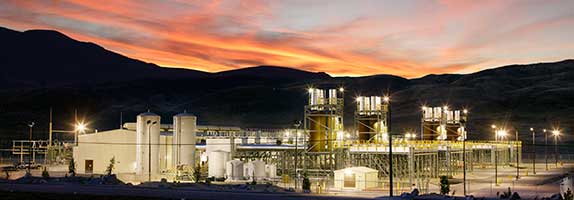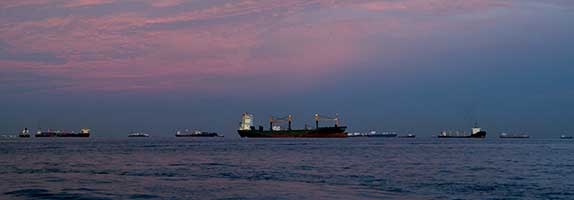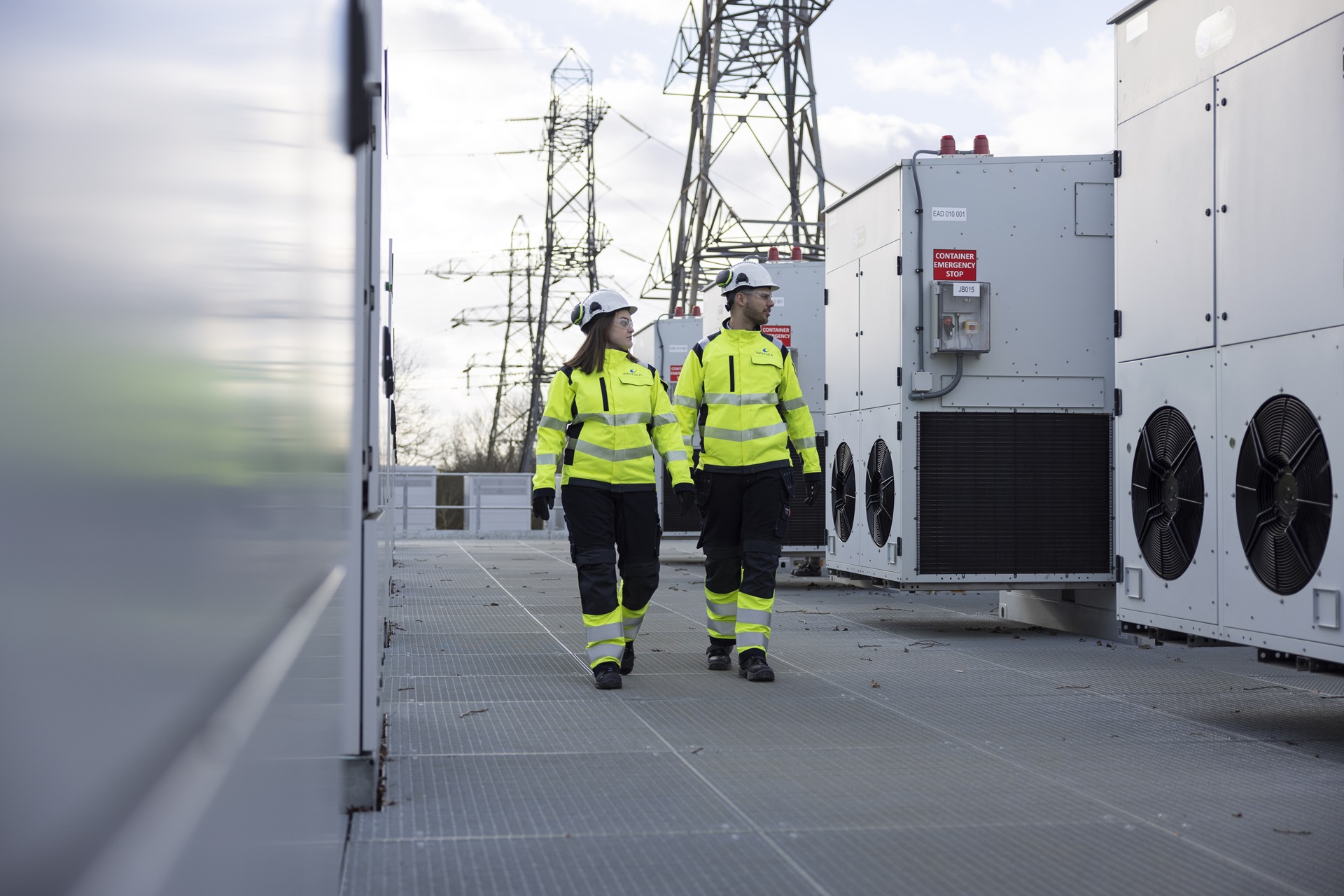


For more than one thousand years, windmills have powered land reclamation projects as well as industrial processes such as grain production and timber milling across the Netherlands.
Many of these structures are still operational, although now the power of the wind is harnessed by wind farms that have (alongside solar parks), become almost as much a part of the Dutch landscape as their iconic predecessors.
This is important because in 2019, the Dutch government set targets to reduce greenhouse gas emissions by 49% by 2030, and achieve a 95% reduction by 2050. The Netherlands has also committed to eliminating natural gas from its energy mix entirely in favour of cleaner sources.
The growth of renewable energy generation in the Netherlands and across Europe has played a vital role in decarbonising energy production. The uptick in renewable energy adoption has also prompted the need for energy storage to help stabilise the power grid during moments of excess energy generated by these cleaner alternatives. To achieve its renewable energy targets, reports in 2021 indicate that the Netherlands will need to install between 29 and 54 gigawatts (GW) of energy storage capacity by 2050.
